Your cart is currently empty!
Pumpkins
Growing Pumpkins.
The holidays would not be the same without them. Jack O’lanterns for halloween and pumpkin pies for Thanksgiving and Christmas are anticipated traditions. Pumpkins are good storage vegetables, so enjoy the impressive health benefits all winter. Pumpkin bread, roasted pumpkin soup or stuffed mini pumpkins are just a few culinary treats to be made with this cucurbit. (A member of the squash family)
Pumpkins are a warm season vegetable and should be planted after all danger of frost has passed, usually late May in warm climates. In cool climates, start indoors 4 weeks before the last spring frost date. Pick a sunny location with lots of room, good drainage and very rich soil. A site recently amended with composted manure is ideal as pumpkins are heavy feeders. Pumpkins do best if direct seeded. Plant 6 to 8 heirloom pumpkin seeds 1″ deep in hills, 5′ to 8′ apart each way. Thin to one plant to hill when the plants have 5 to 6 leaves. Cultivate to keep free of weeds. Water every two weeks until blossoms form, then reduce watering. Avoid over-watering when pumpkins reach 50% of their size at maturity.
Good companion crops are corn, beans, melons, nasturtiums, marigolds, dill and marjoram. A bad companion crops would be potatoes.
-
 Pumpkin – Challenger PMR – Treated Seed$7.40 – $518.20
Pumpkin – Challenger PMR – Treated Seed$7.40 – $518.20 -
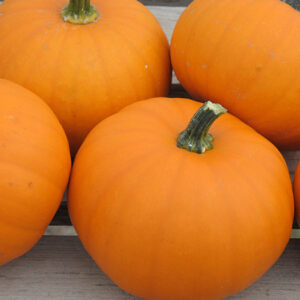 Pumpkin – Wee-Be-Little$2.60 – $162.40
Pumpkin – Wee-Be-Little$2.60 – $162.40 -
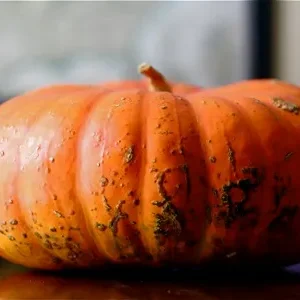 Pumpkin – Cinderella$2.60 – $57.10
Pumpkin – Cinderella$2.60 – $57.10 -
 Pumpkin – Little October – Treated Seed
Pumpkin – Little October – Treated Seed -
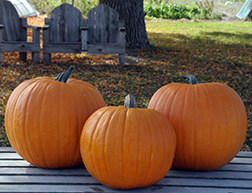 Pumpkin – Camaro PMR PVP$7.40 – $518.20
Pumpkin – Camaro PMR PVP$7.40 – $518.20 -
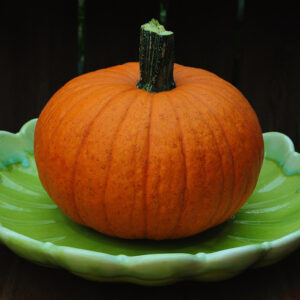 Pumpkin – Small Sugar/Sugar Pie$2.60 – $27.60
Pumpkin – Small Sugar/Sugar Pie$2.60 – $27.60 -
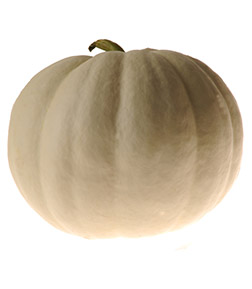 Pumpkin – Lumina$2.60 – $212.00
Pumpkin – Lumina$2.60 – $212.00 -
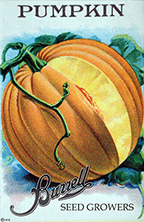 Pumpkin – Jack O’ Lantern$2.60 – $27.60
Pumpkin – Jack O’ Lantern$2.60 – $27.60 -
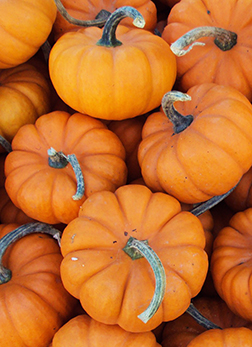 Pumpkin – Jack-Be-Little$2.60 – $57.10
Pumpkin – Jack-Be-Little$2.60 – $57.10 -
 Pumpkin – Howden$2.60 – $36.00
Pumpkin – Howden$2.60 – $36.00 -
 Pumpkin – Connecticut Field$2.60 – $28.00
Pumpkin – Connecticut Field$2.60 – $28.00 -
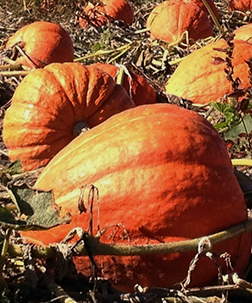 Pumpkin – Big Max$2.60 – $42.40
Pumpkin – Big Max$2.60 – $42.40 -
 Pumpkin – Atlantic Giant$2.60 – $99.30
Pumpkin – Atlantic Giant$2.60 – $99.30